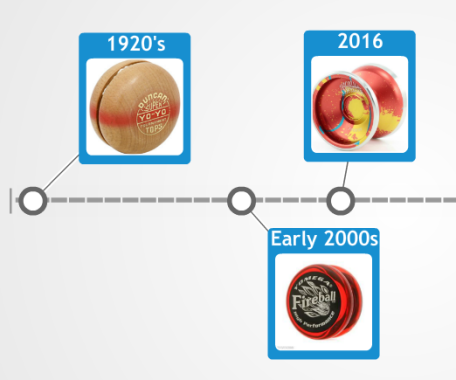My YouTube channel
A few years ago, I started my own YouTube channel. I have been making youtube videos ever since then. Luckily I have gained quite a following on my channel. I currently have over 1700 subscribers and close to half a million views on my channel overall. There is a lot that goes into making/keeping a YouTube channel going. Today I will be going over a few of the things that I have learned about running a successful YouTube channel.
- Be Consistent-
If you look around at all of the most successful YouTube channels right now, one of the main things that they all have in common is their consistent uploads. People don’t want to subscribe to a YouTube channel if they don’t know if they’re even going to upload another video for the next couple months. “Taking the extra effort to upload every week or even every day will pay off in the long run” (Peterson).
- Quality over quantity-
If you regularly watch YouTube, you can probably name a YouTuber that has very high quality videos but doesn’t upload very often, and vice versa. The YouTubers that find the perfect in-between of these two things will have a faster growing channel. This will also reduce the stress of running a YouTube channel by lessening your workload. “Keep in mind that having higher quality content is more important than producing more videos” (Greene).
- Think of video ideas-
It is vital to almost always think of video ideas when running a YouTube channel. “Many channels start dying due to the lack of originality in their video ideas” (Struzik). I personally have had this same issue myself. There are several tricks and other yoyo related things that I can upload onto my YouTube channel, but recently I haven’t learned too many new yoyo tricks that I could make tutorials with. This left me with my fans being slightly upset with me for not uploading. Thankfully I have gotten back into uploading more often recently and my channel is growing even faster than it was before. Here is my most recent video upload:
Hopefully I helped some beginners out with these simple tips. Have fun growing your YouTube channel!
Works Cited
Greene, Bob. “5 Tips to Design the Best YouTube Channel Page.” Mashable. Mashable, 26 May 2013. Web. 30 Apr. 2017. <http://mashable.com/2013/05/26/youtube-channel-design/>.
Peterson, Seth. “Scales Podcast Ep. 5 – Save Deth.” YoYoNews. N.p., 21 Mar. 2017. Web. 30 Apr. 2017. <http://yoyonews.com/2017/03/21/scales-podcast-ep-5-save-deth/>.
Struzik, Marcin. “How to Start a YouTube Channel.” GetResponse Blog – Online Marketing Tips. N.p., 16 Feb. 2017. Web. 30 Apr. 2017. <https://blog.getresponse.com/things-remember-starting-youtube-channel.html>.

 (Expenses)
(Expenses) (Contest)
(Contest)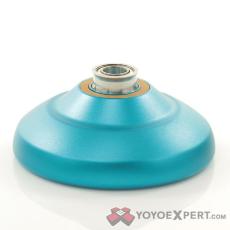 (Shutter)
(Shutter)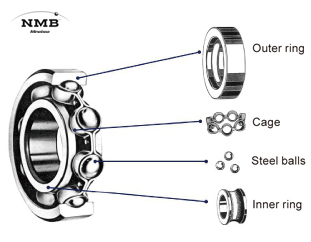 (Dissected)
(Dissected)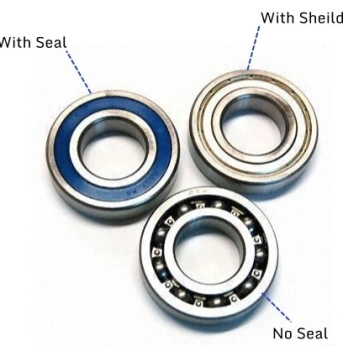 (Bearing)
(Bearing)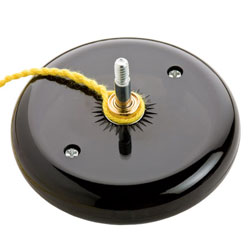 (Open)
(Open) (BTH)
(BTH)